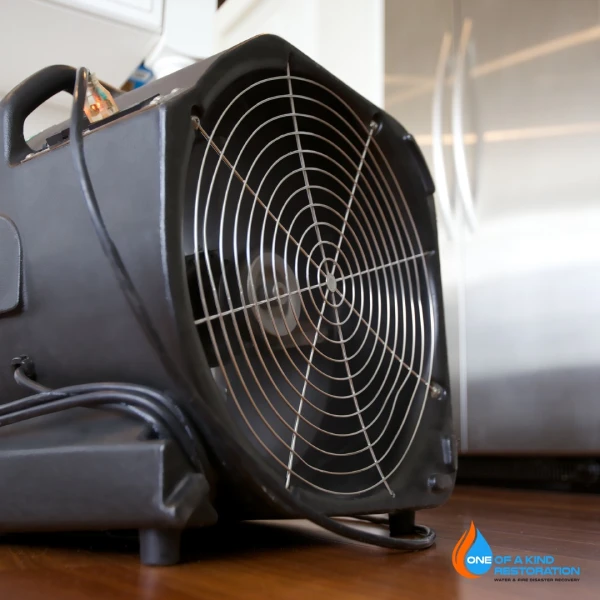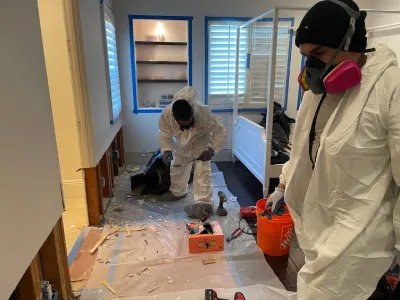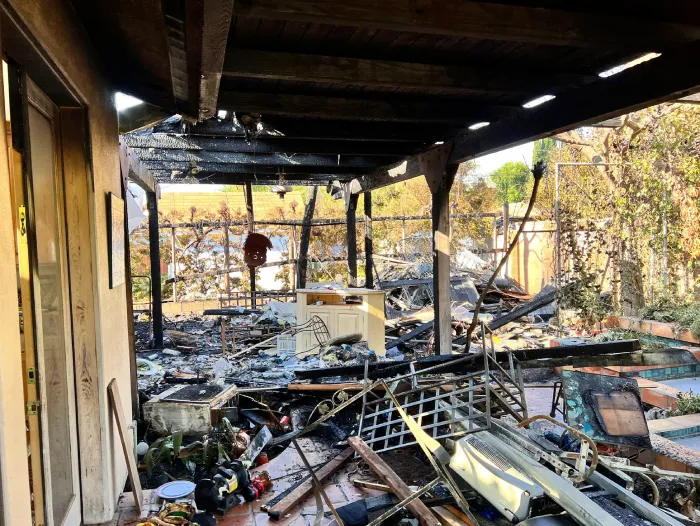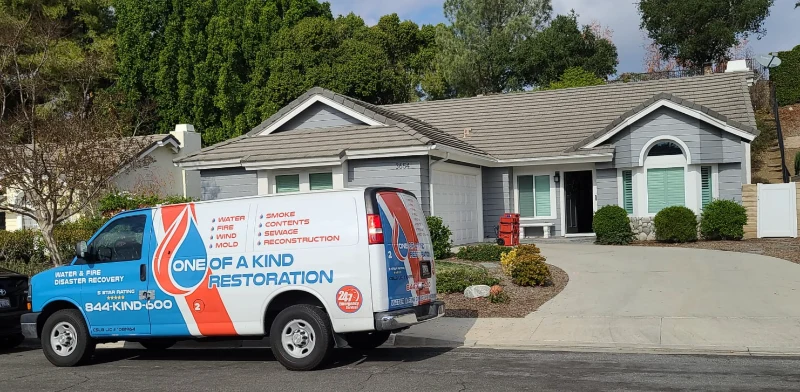The Different Categories and Types of Mold Spores
Molds are a type of fungi that can be found both outdoors and indoors. There are many different types of mold, and they can vary in color, shape, and size. Mold spores are very small and often invisible to the naked eye. Mold and dampness can cause various health problems, so it is important to know the different mold types that can grow in your home or business. Researchers have identified more than 100,000 different types of molds. These spores are divided into three categories: allergenic, pathogenic, and toxigenic. The differences between these are:
- Allergenic Mold Spore: These spores can cause an allergic reaction in some people. Allergic reactions to mold can range from mild to severe, including symptoms such as sneezing, coughing, watery eyes, and difficulty breathing. Some people may also experience a rash or hives.
- Pathogenic Mold Spore: These spores can cause infections in people with weakened immune systems. Pathogenic mold can cause serious respiratory illnesses and can even be fatal. People with chronic lung diseases, such as COPD or asthma, risk serious health problems from pathogenic mold.
- Toxigenic Mold Spore: These spores can produce toxins or mycotoxins. Mycotoxins can cause a variety of health problems, including liver damage, kidney damage, and cancer. Some types of toxigenic mold can also cause neurological problems.
The 12 Common Types of Mold Found in Homes and Businesses
Molds are found in all types of environments. They can enter your home through open doors, windows, vents, and HVAC systems. They can also be carried into your home on clothing, shoes, pets, and other belongings. Mold grows best in warm, damp, and humid environments, which is why mold can often be found in bathrooms, kitchens, basements, and laundry rooms.
There are many different types of mold that can grow in your home or business. They can easily be identified from their colors and the surface where they grow. The following is a list of 12 common types of mold found in homes and businesses:
- Alternaria: Alternaria is a type of mold that is commonly found in homes and businesses. It is often dark brown or black in color, and it can have a fuzzy or hairy appearance. Alternaria is usually found on damp surfaces, such as shower curtains, windowsills, and under sinks.
- Aspergillus: Aspergillus is another type of mold that is commonly found in homes and businesses. It is often white or gray in color, and it can have a powdery or fuzzy appearance. Aspergillus is often found on damp surfaces, such as clothing, upholstery, and wallpaper.
- Cladosporium: Cladosporium is a type of mold that is commonly found outdoors. It is often dark green or black in color, and it can have a fuzzy or hairy appearance. Cladosporium is widely found on damp surfaces, such as leaves, tree bark, and soil.
- Penicillium: Penicillium is a common type of indoor mold growth. It is often blue or green, and it can have a powdery or fluffy appearance. Penicillium is usually found on damp surfaces, such as clothing, upholstery, and wallpaper.
- Stachybotrys chartarum: Stachybotrys chartarum is a type of mold that is commonly found in homes and businesses. It is often black or dark green in color, and it can have a slimy or oily appearance. Stachybotrys chartarum is mostly found on damp surfaces, such as wallboard, insulation, and paper.
- Chaetomium: Chaetomium is a type of mold that is common in homes and offices. It is often white or gray in color and can have a cottony or woolly appearance. Chaetomium is frequently found on damp surfaces, such as clothing, paper, and insulation.
- Epicoccum: Epicoccum is a type of mold that is commonly found outdoors. It is often yellow or brown in color, and it can have a velvety or powdery appearance. Epicoccum is usually found on damp surfaces, such as leaves, tree bark, and soil.
- Mucor: Mucor is a type of mold that is commonly found in homes and businesses. It is often white or gray in color and can have a slimy or cottony appearance. Mucor is often found on damp surfaces, such as wallboard, insulation, and paper.
- Trichoderma: Trichoderma is a type of mold that is often white or green in color, and it can have a velvety or powdery appearance. Trichoderma is often found on damp surfaces, such as clothing, upholstery, and wallpaper.
- Alternaria: Alternaria is a type of mold that is commonly found outdoors. It is often dark green or black in color, and it can have a fuzzy or hairy appearance. Alternaria is often found on damp surfaces, such as leaves, tree bark, and soil.
- Fusarium: Fusarium is a type of mold that is often white or pink in color, and it can have a powdery or fluffy appearance. Fusarium is often found on damp surfaces, such as clothing, upholstery, and wallpaper.
- Ulocladium: Ulocladium is a type of mold that is commonly found in homes and businesses. It is often black or dark green in color, and it can have a slimy or oily appearance. Ulocladium is usually found on damp surfaces, such as wallboard, insulation, and paper.
How to Deal With Mold Spores
The types of mold listed above can cause several health problems, including mold allergies, asthma symptoms, and respiratory infections. The best course of action for dealing with mold is to remove the source of moisture and then clean the affected area with a bleach solution. There are new products on the market that claim to be effective at killing molds, but it is always best to err on the side of caution and use a product that has been proven to be effective. You can also use air conditioners to help prevent mold growth by controlling indoor humidity and reducing exposure to mold.
Being in business for many years, One Of A Kind Restoration has the experience and expertise to quickly and effectively remove mold from your home or office. We take pride in being the best mold remediation service provider in the area. Contact us today for a free consultation. Let our experts handle all your mold exposure problems, eliminate all visible mold, and help you prevent mold growth!







